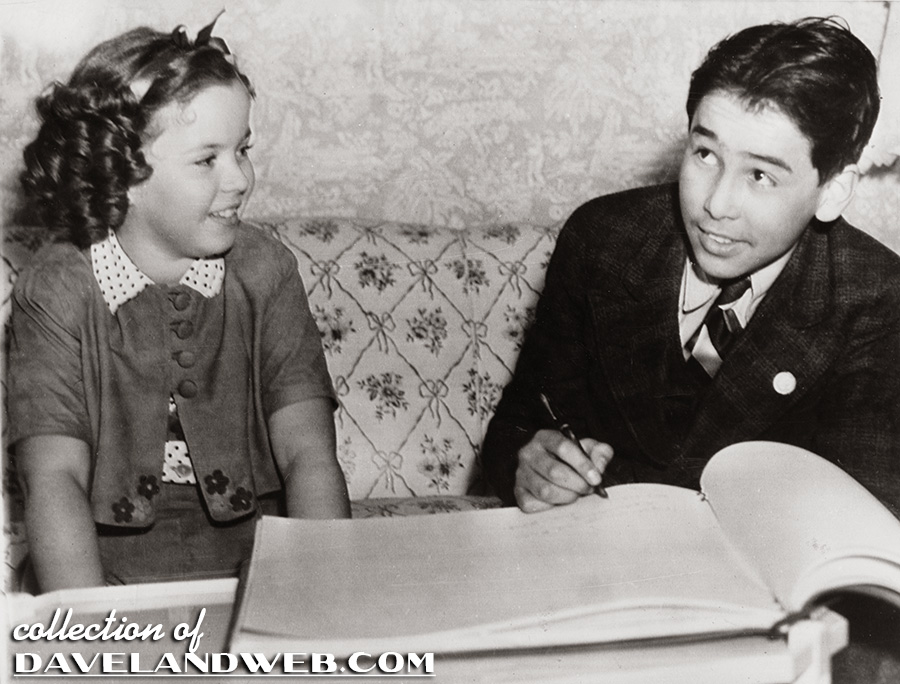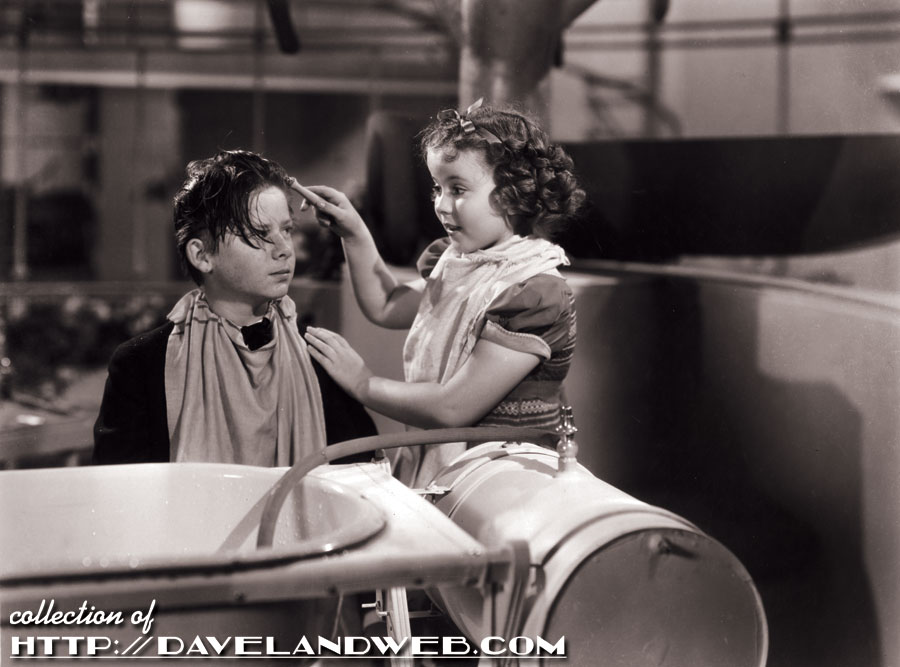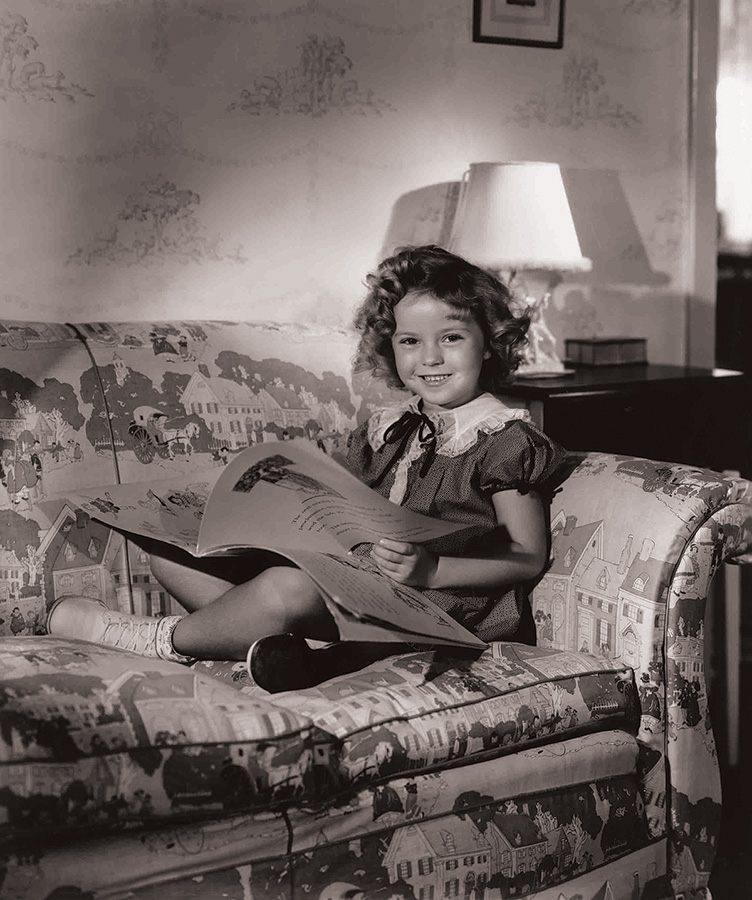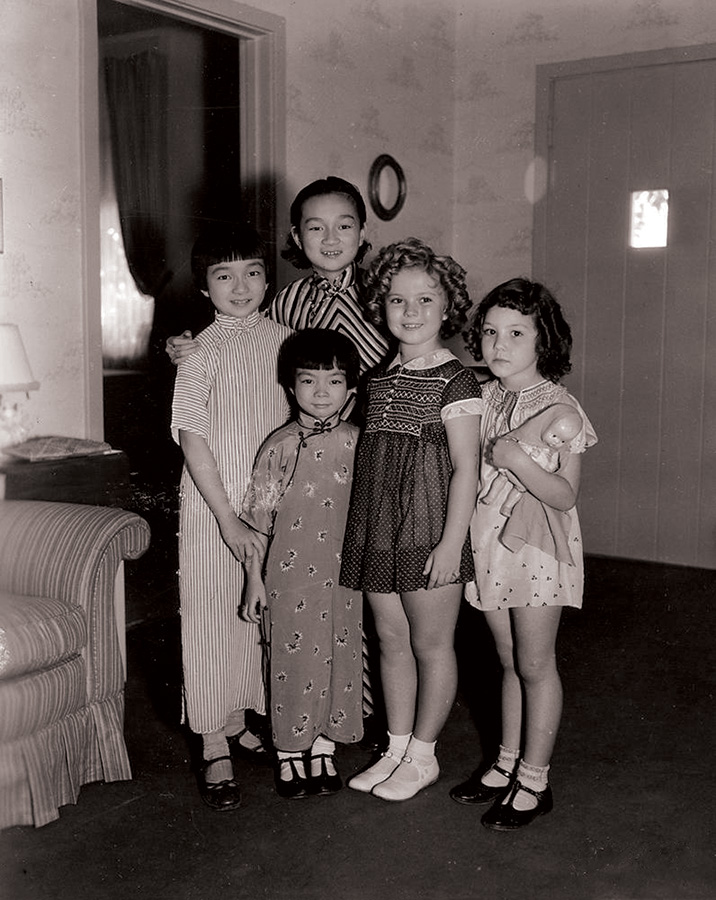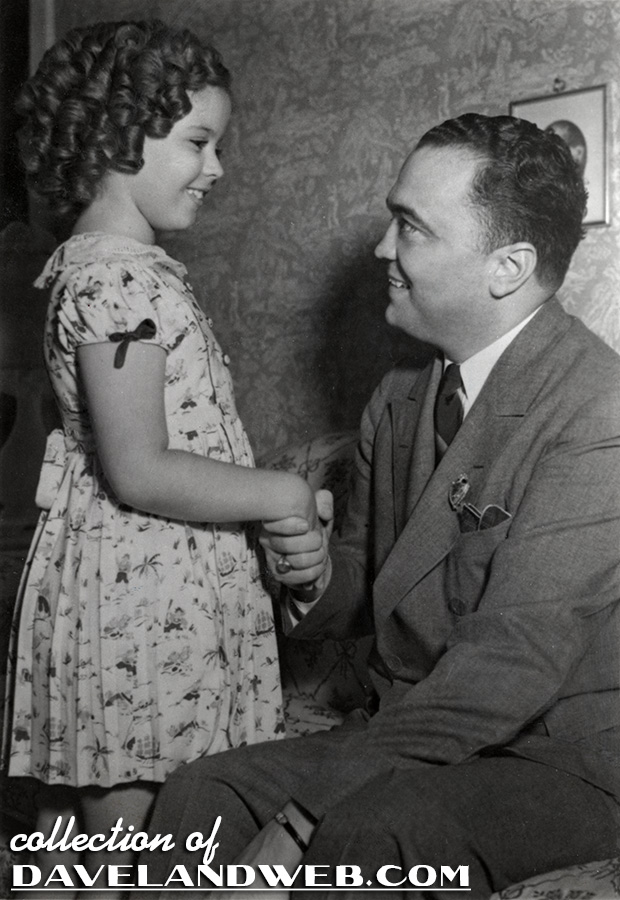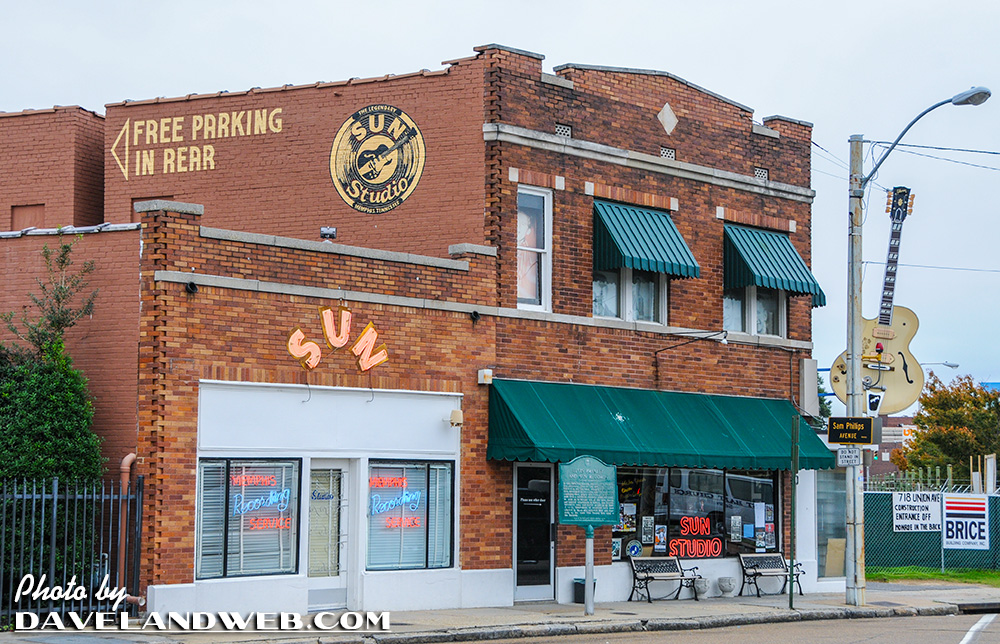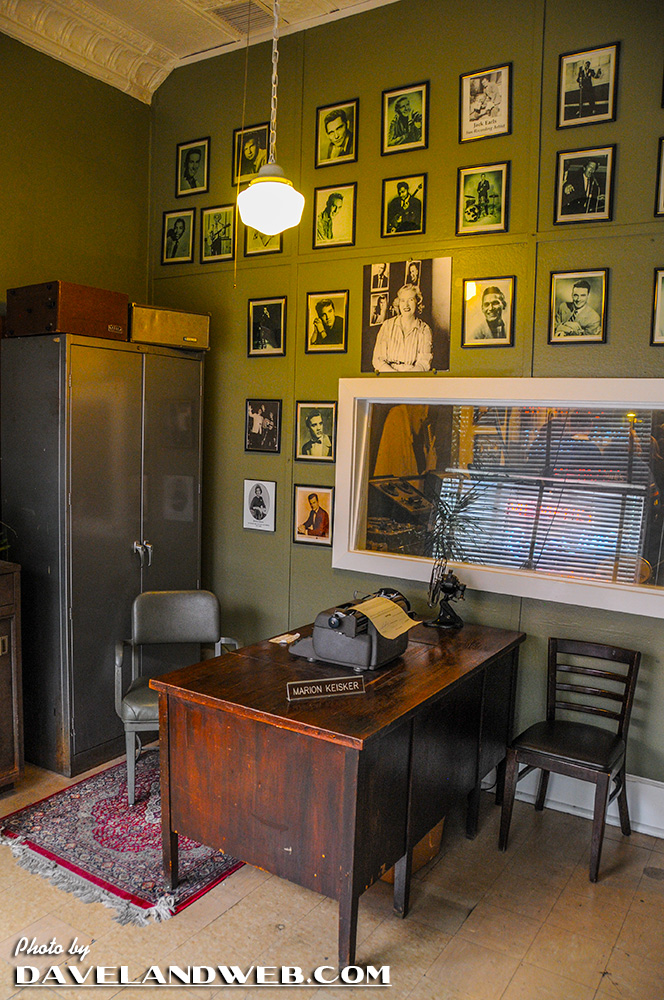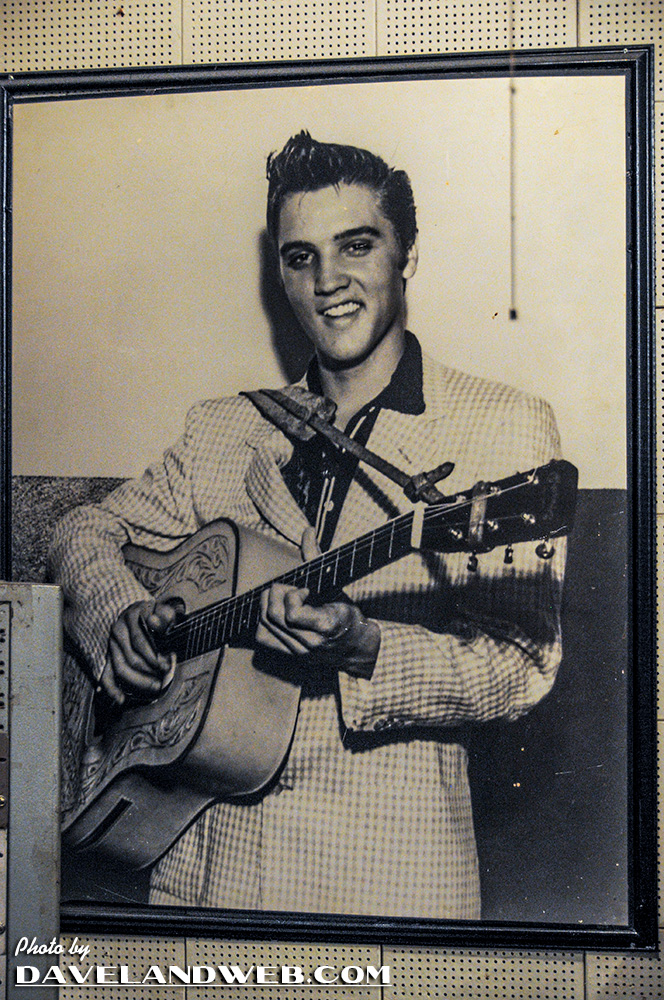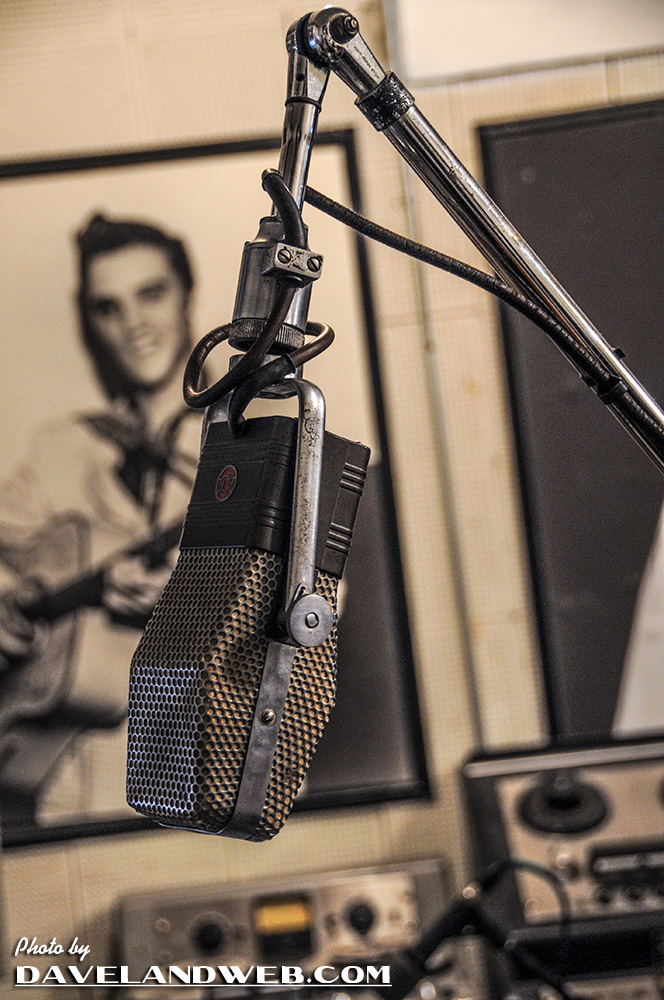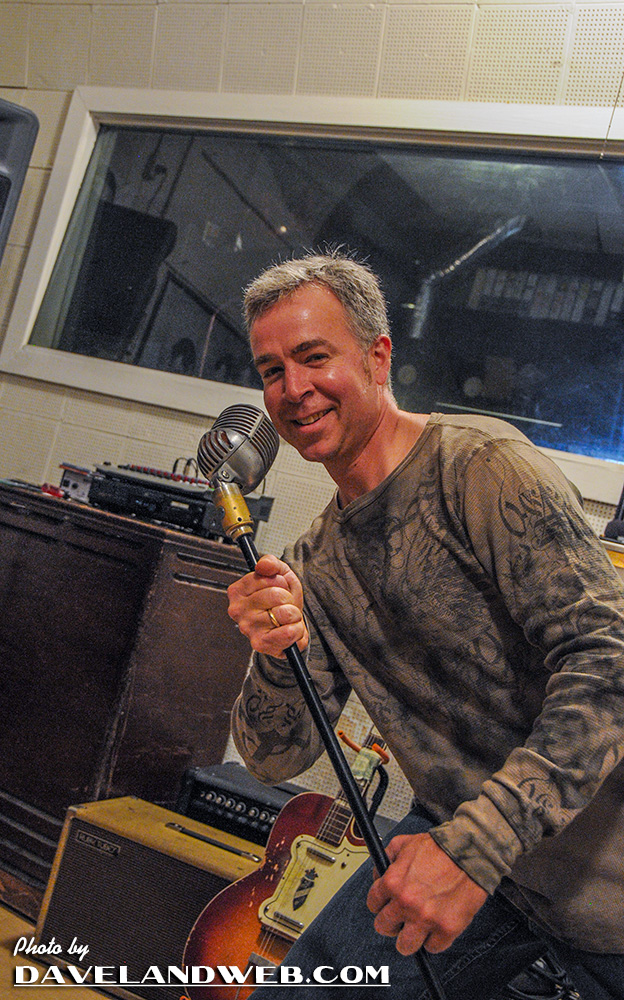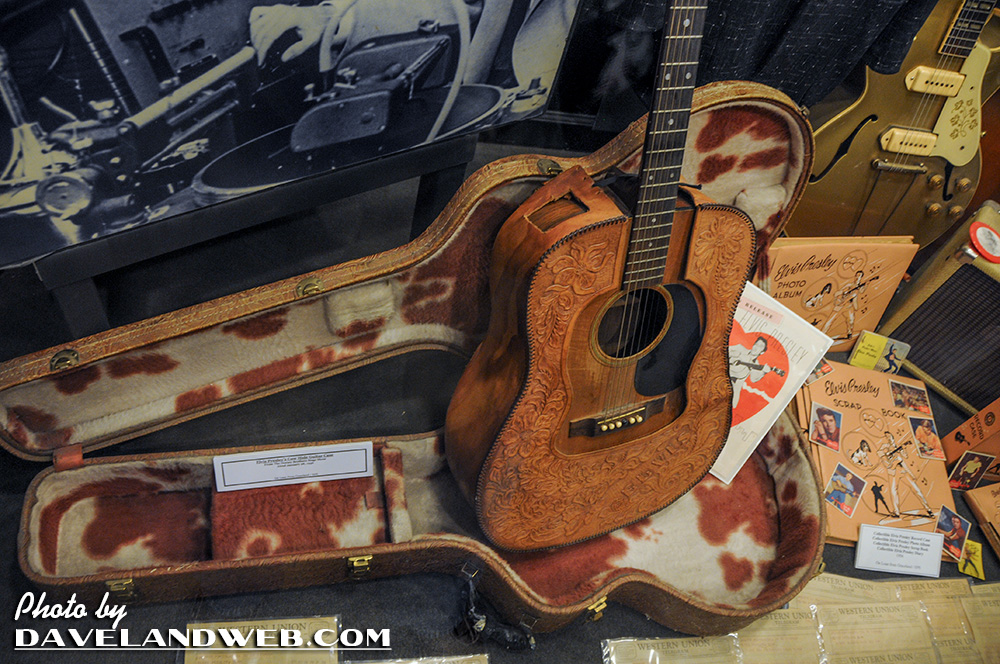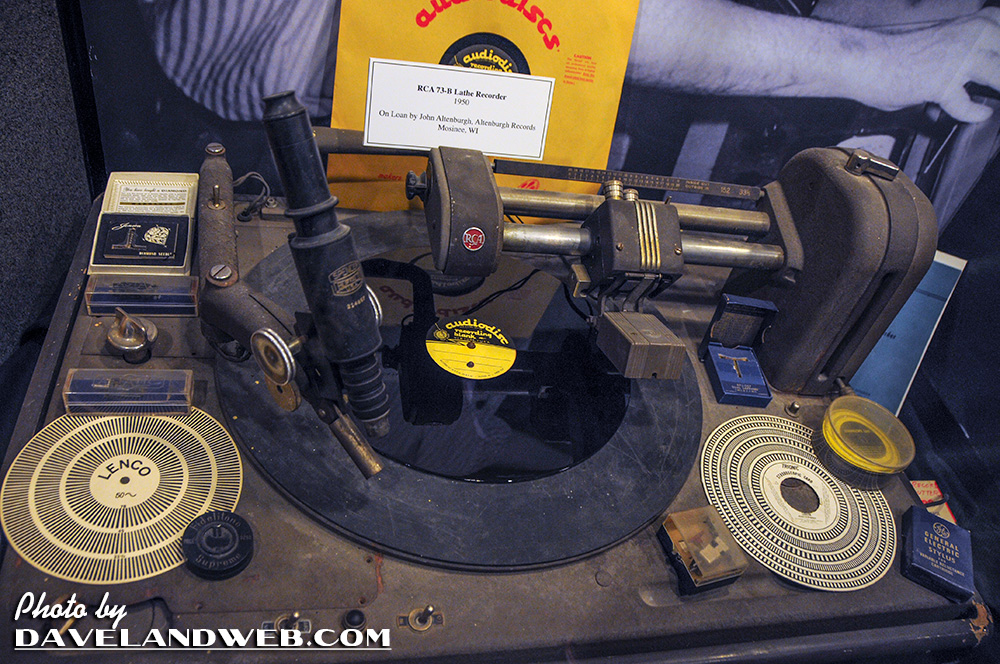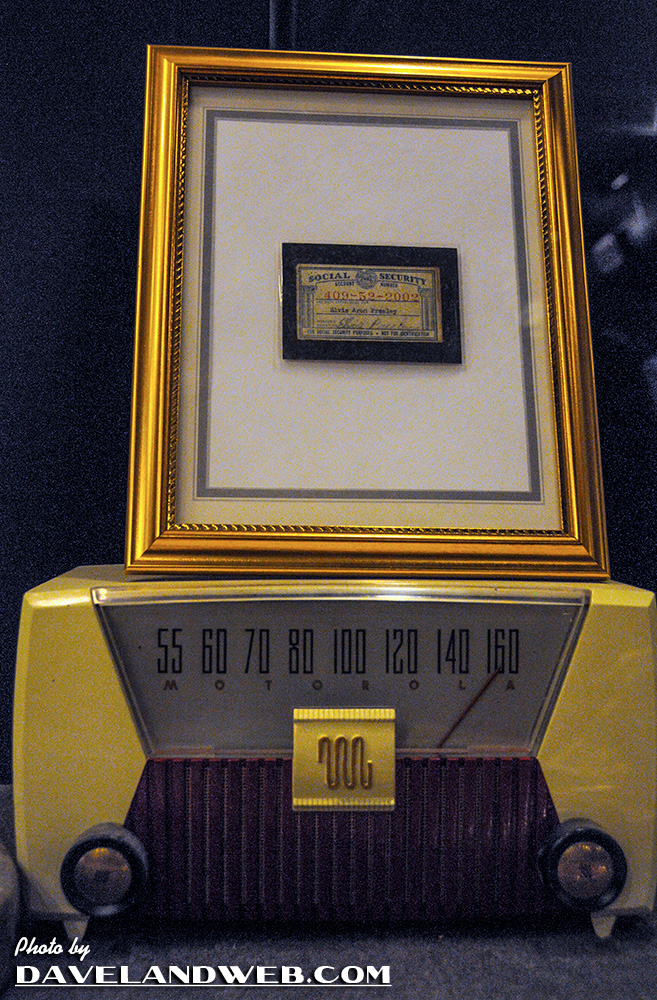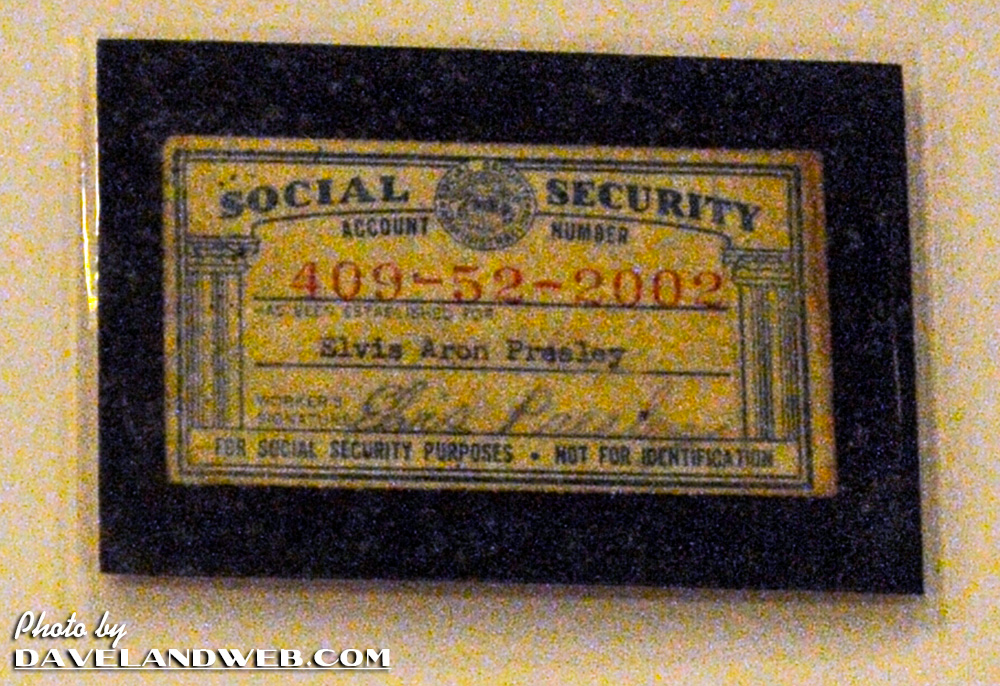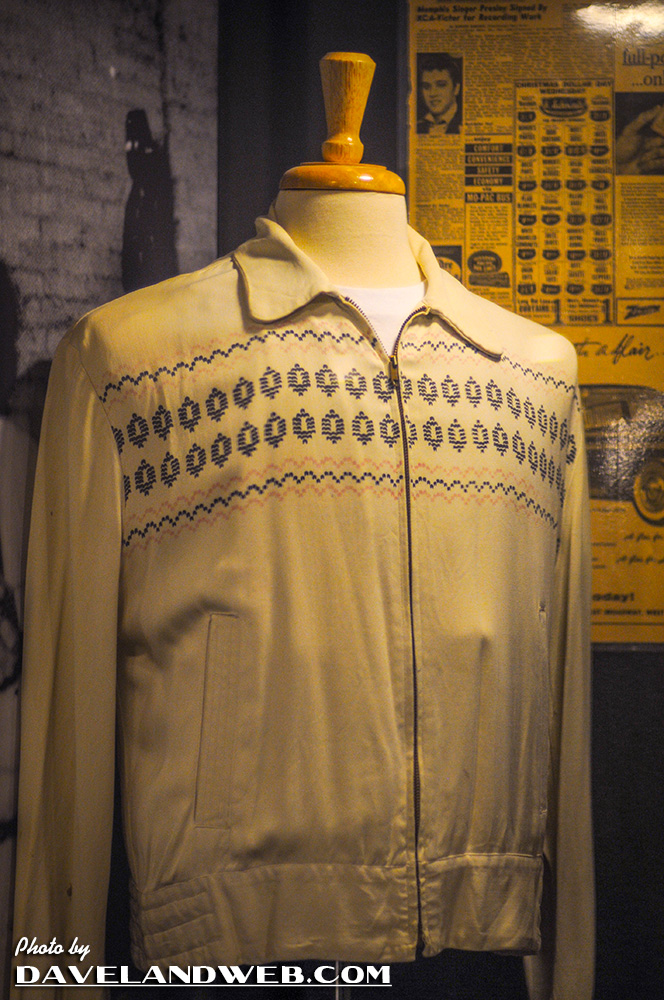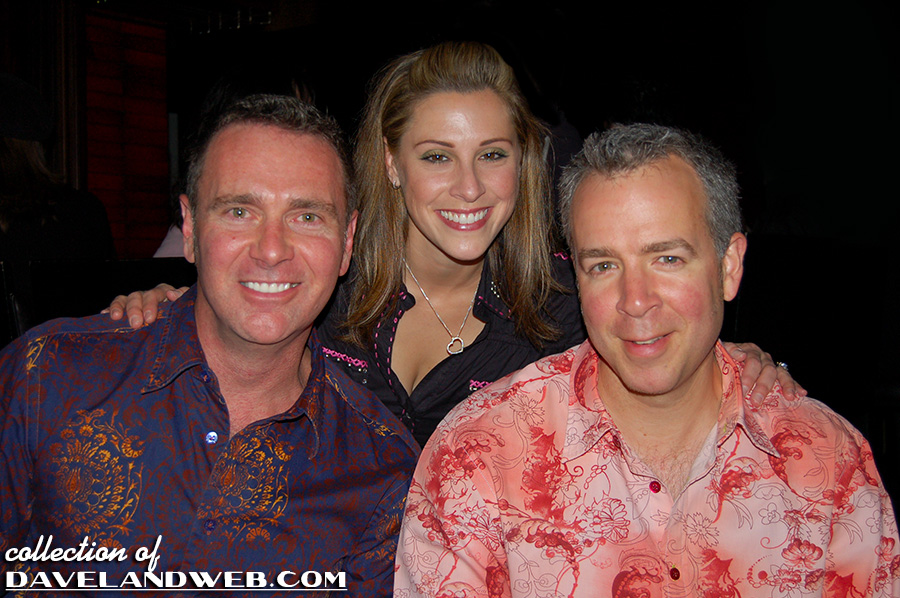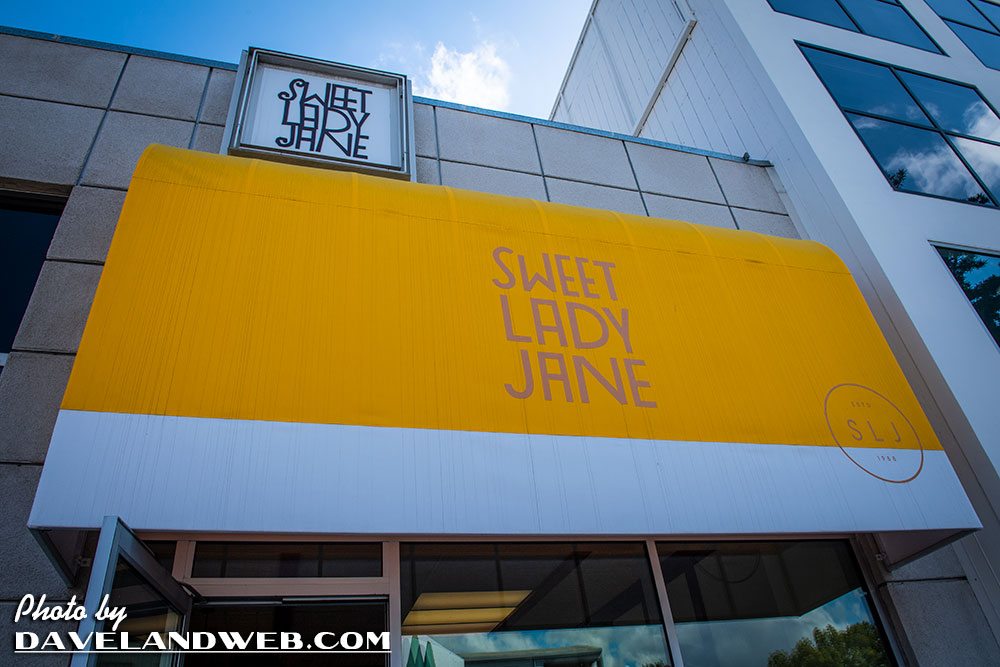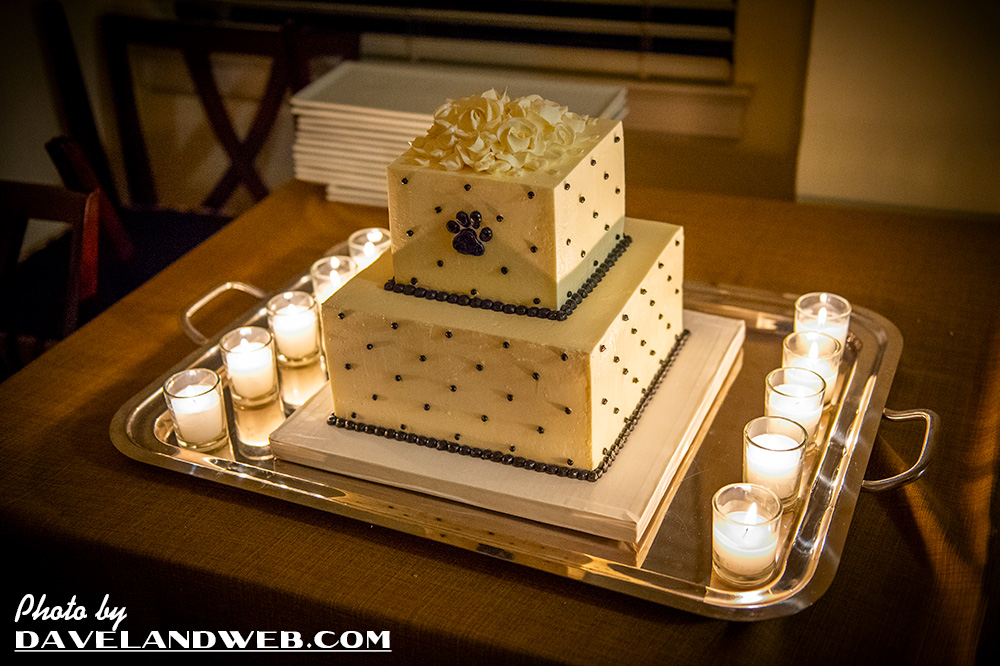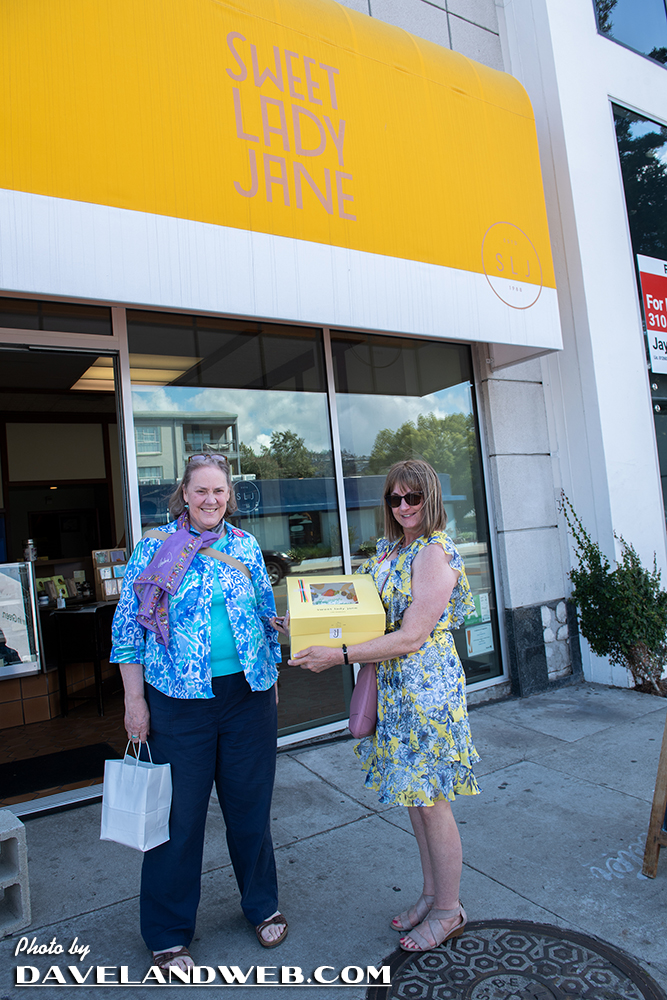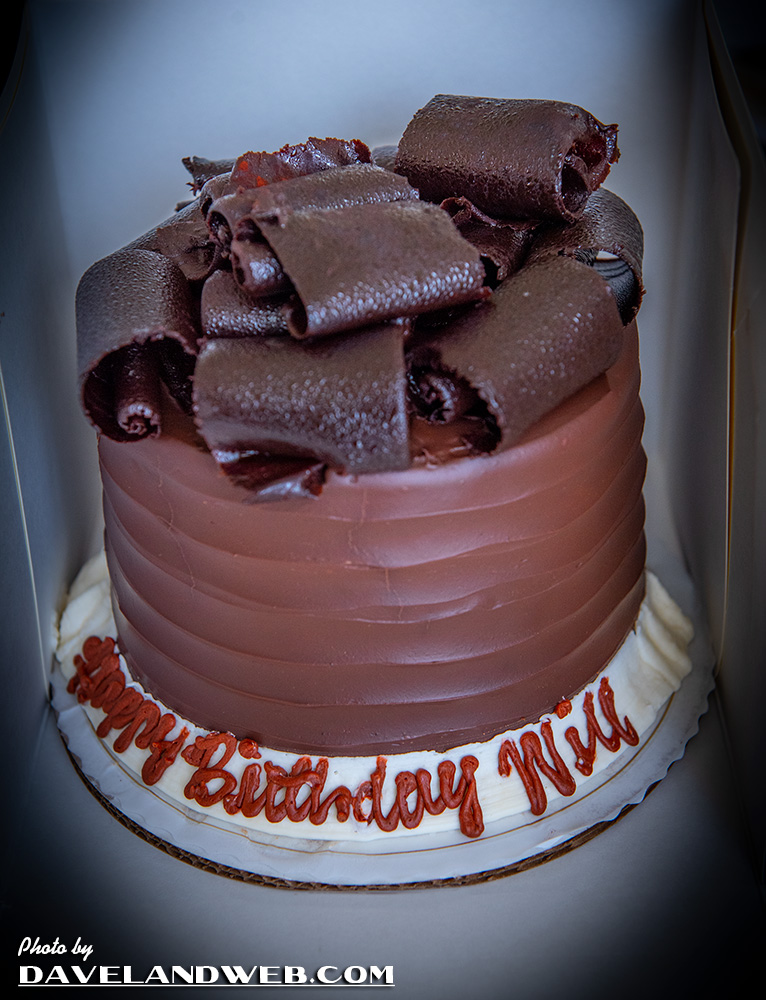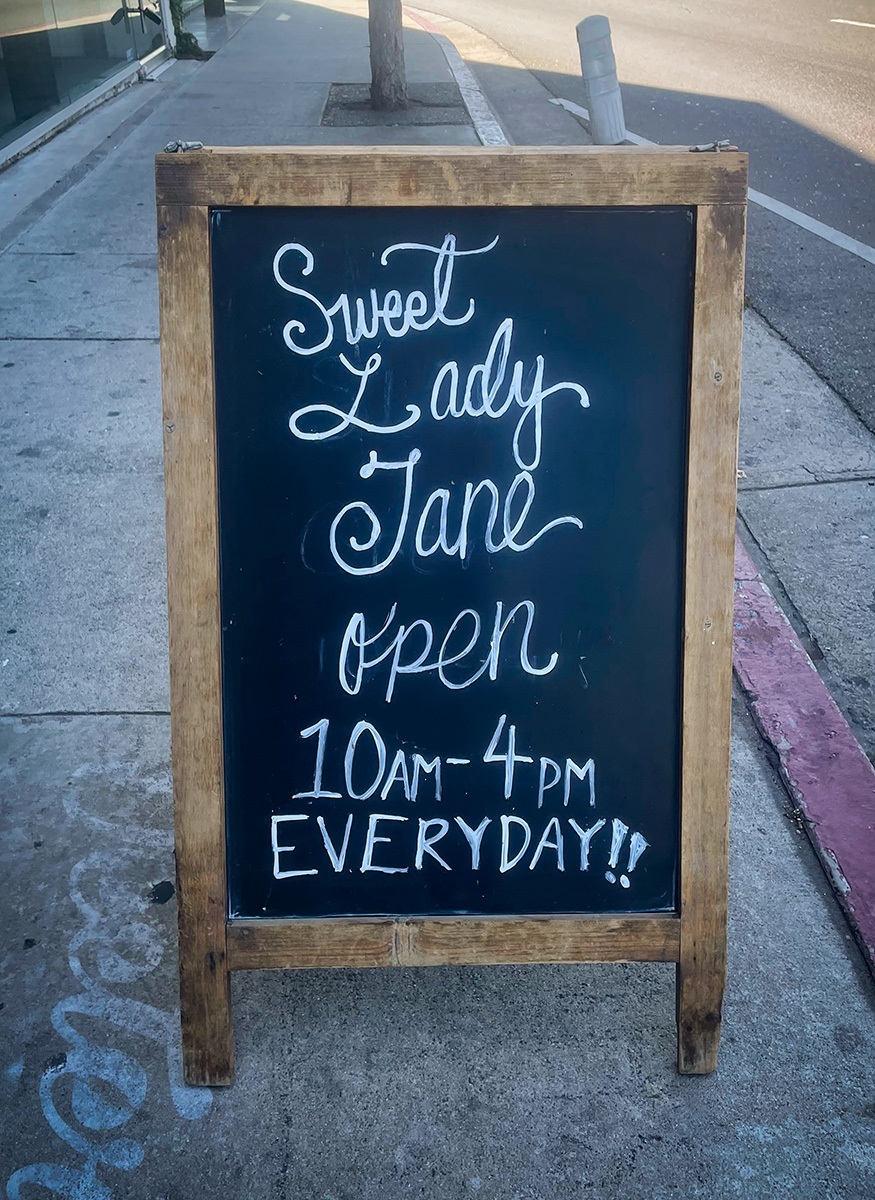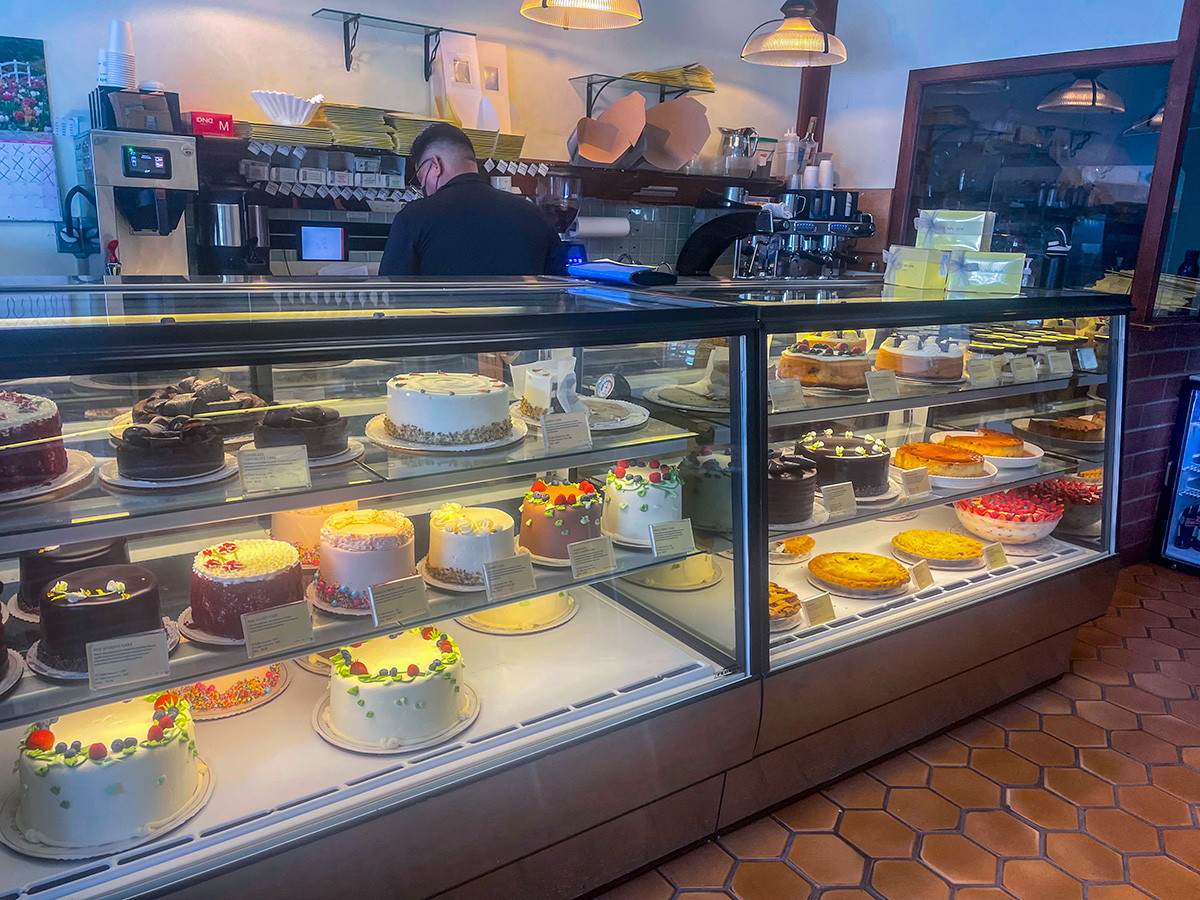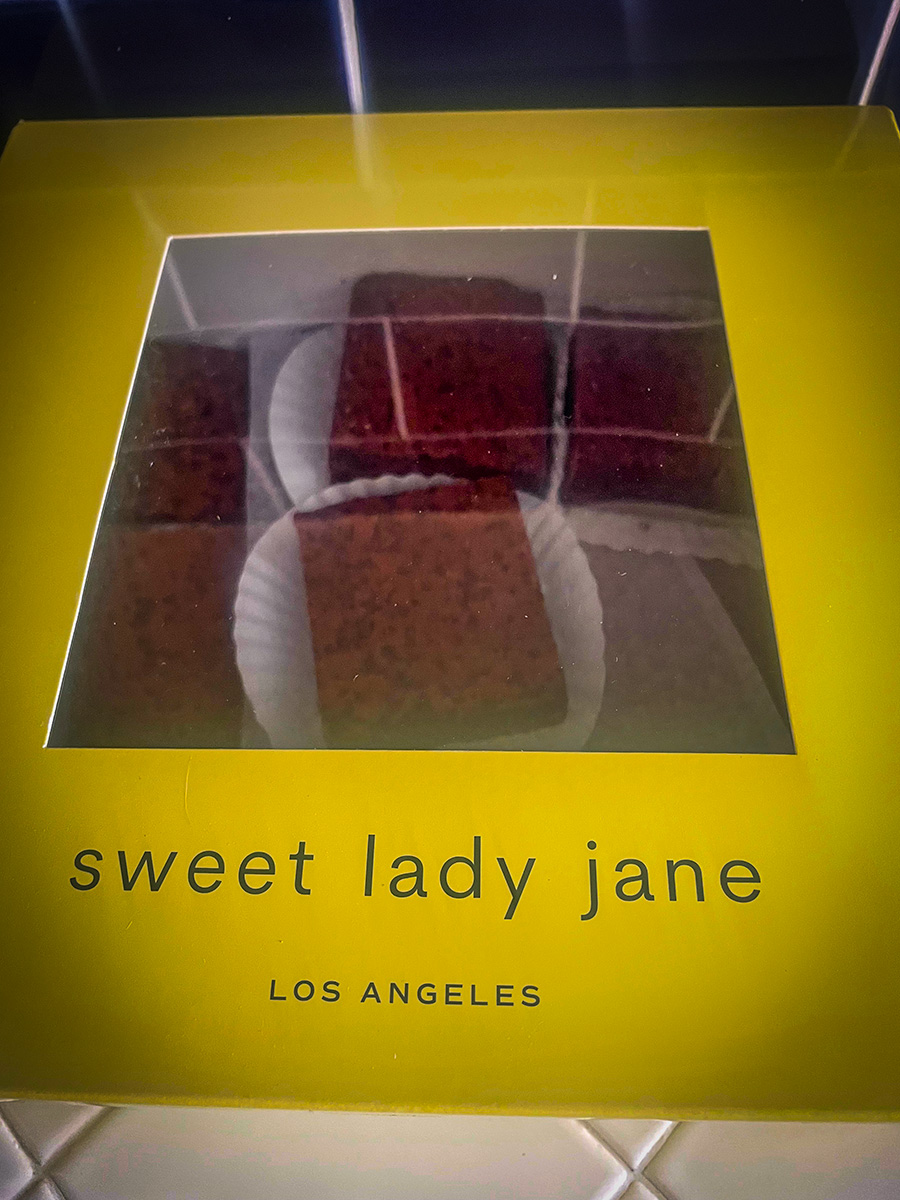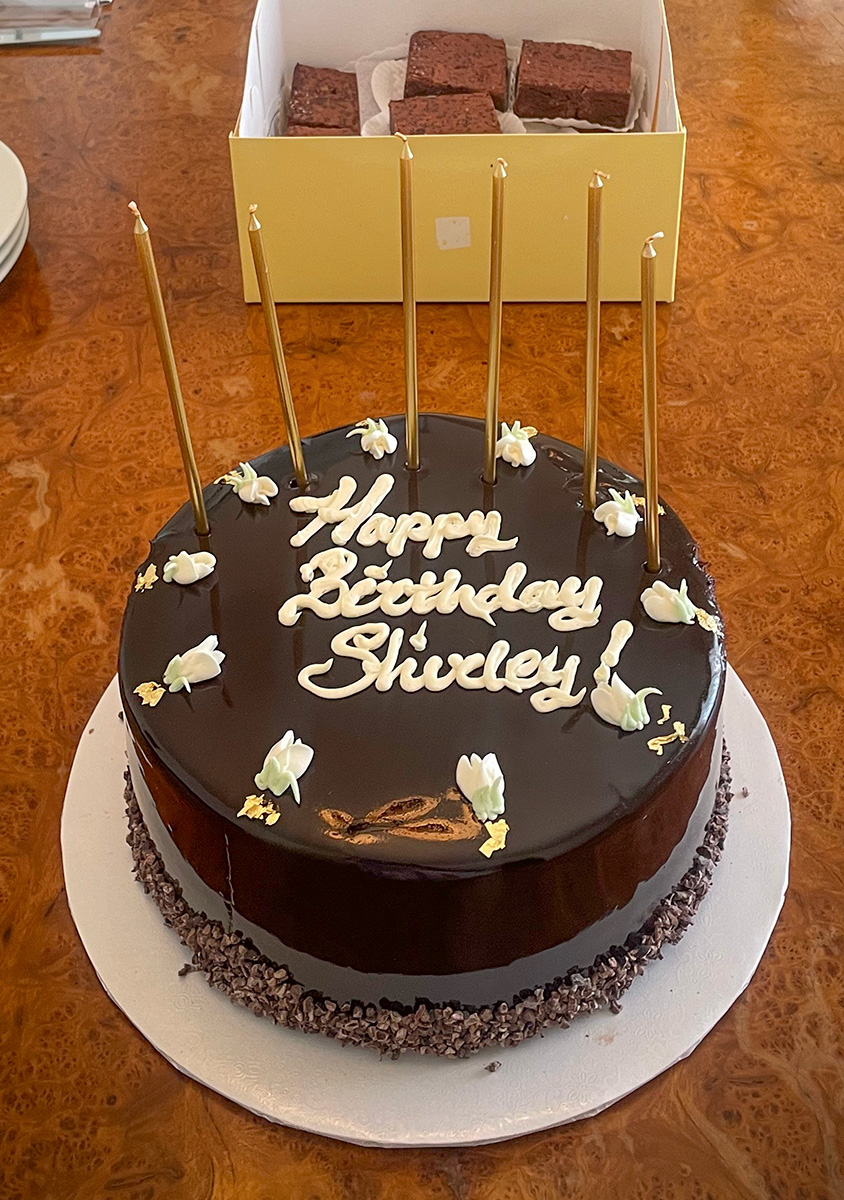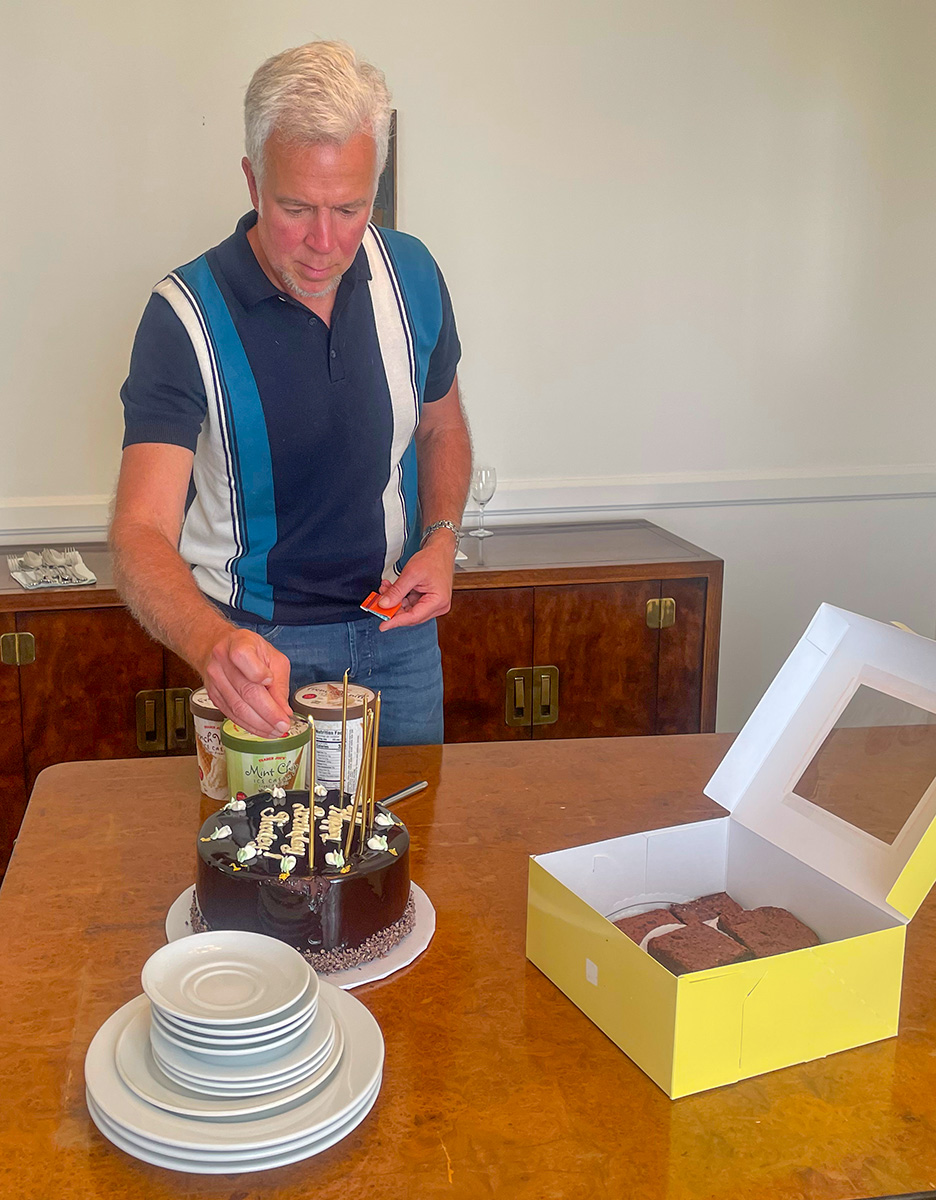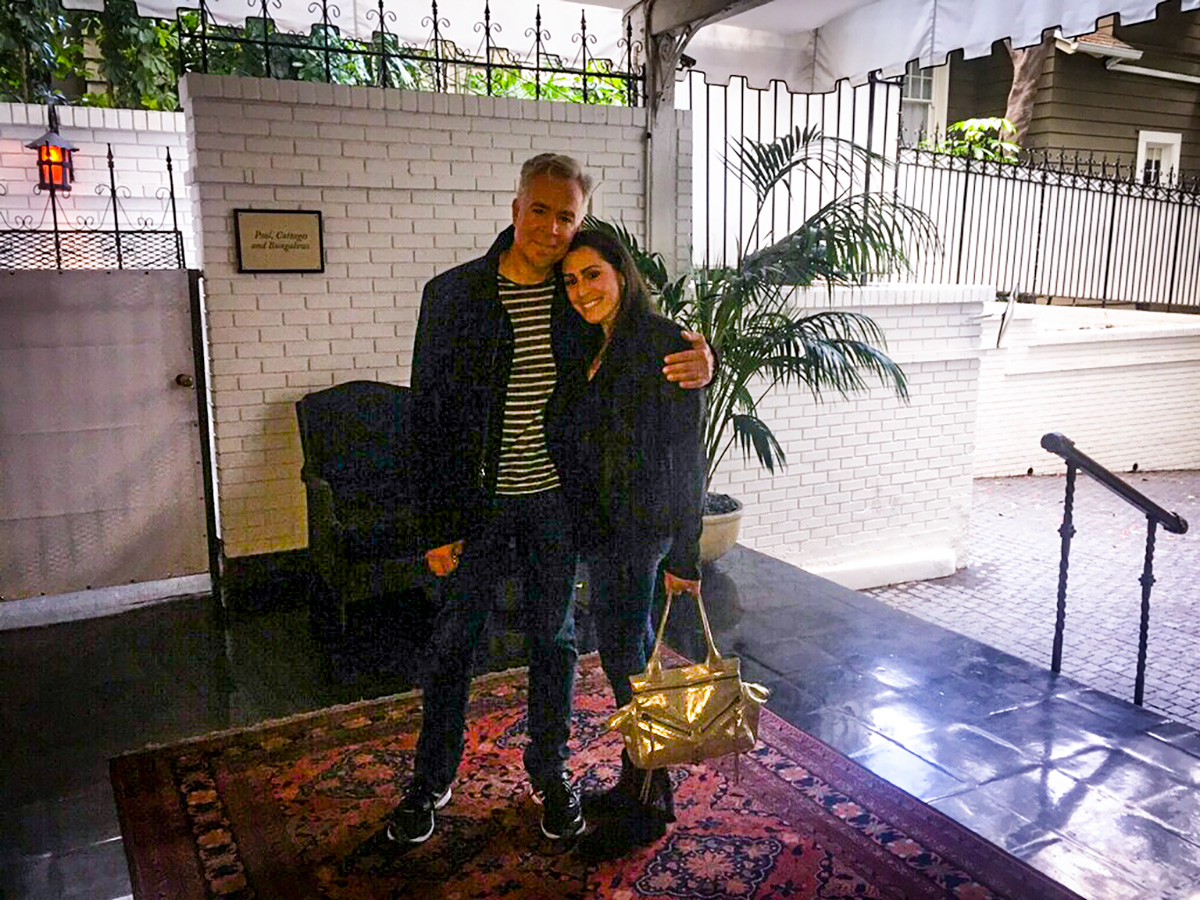
Dominick Dunne first hit my radar with the 1987 TV movie, “The Two Mrs. Grenvilles.” The Claudette Colbert/Ann-Margret movie was based on Dunne’s best-selling novel which heavily borrowed from a true-crime event that occurred in 1955. Dunne was famous for covering many high-profile celebrity crime cases for
Vanity Fair. His obsession with these court cases began after the verdict for his daughter’s murder resulted in an acquittal for the second-degree murder charge, but resulted in a guilty verdict for the lesser charge of voluntary manslaughter. This changed the writer’s life forever and gave him a new purpose.
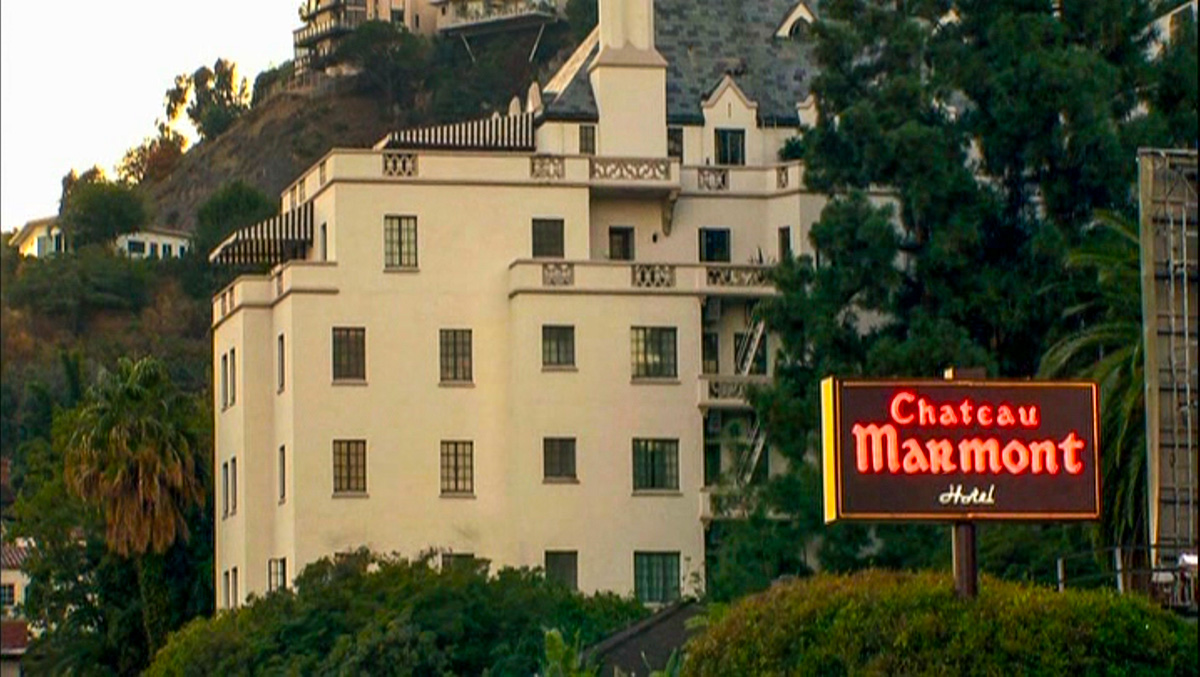
In the 2008 documentary, “Dominick Dunne: After the Party,” Dunne gave interviews from his room at the Chateau Marmont in Hollywood and his Central Park apartment. At the beginning of the documentary, Dunne calls attention to the helicopters that have been flying overhead since 5am because of the Paris Hilton trial that was going on at the time for violating her probation from an alcohol-related reckless driving case. “This is a great story,” the writer tells the cameras. “She’s one of the most famous women in the world for going to parties. It’s a great story.…I only cover the trials of the rich, powerful, and famous because it is different for them than for other people, because they’ve got the bucks to spend on the million dollar lawyers, and they’ve got the bucks to bring in the expert witnesses. Jurors fall for those expert witnesses every time. I call them the whores of the court, because they can be bought by either side.…I started out at
Vanity Fair magazine with the trial of the man with the Hollywood murder trial, the man who killed my daughter, and I think I’m going to end it with the Phil Spector trial.” The opening shots of Dunne in his bedroom watching television revealed to me that he was staying in Room 38.
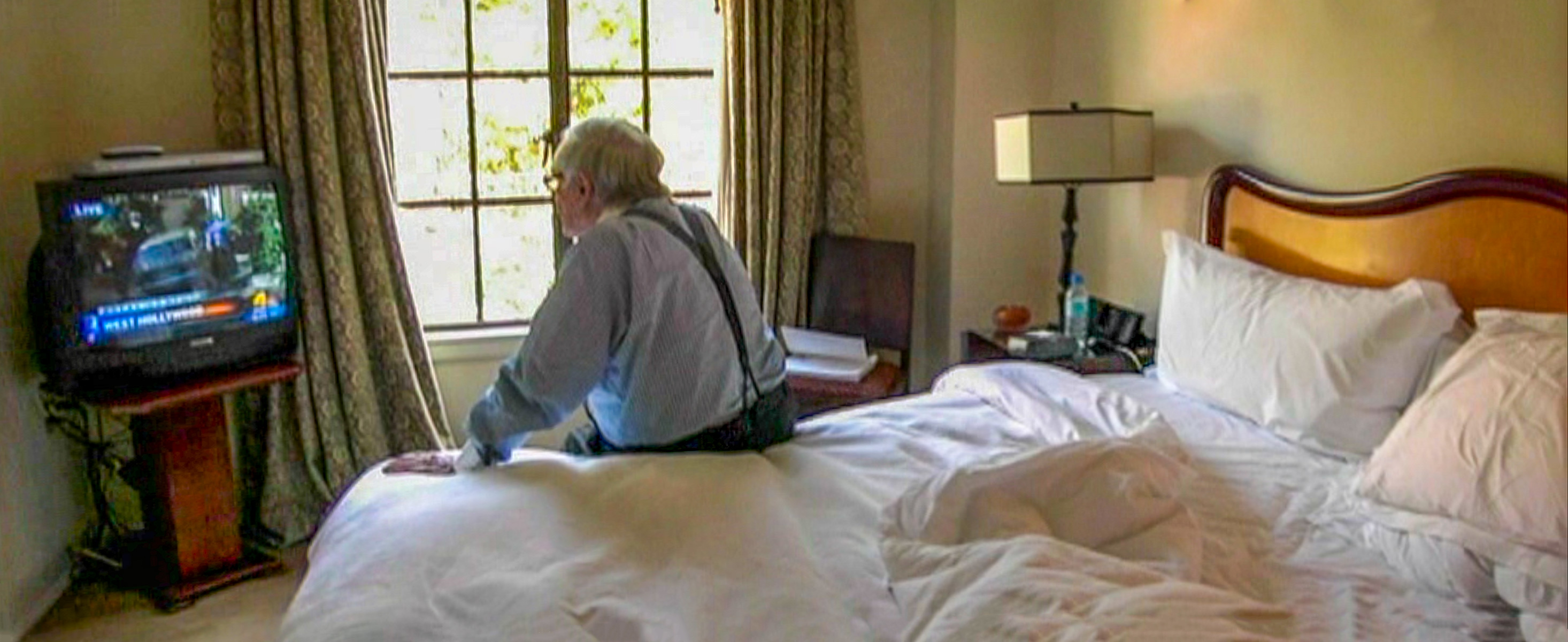
I stayed in the same room in September 2022, approximately fifteen years after Dunne did. Obviously, the headboard has changed, but many of the other furnishings (and the drapes which I love!) remained the same.

Dunne stayed at the Chateau frequently. “The nice thing about the Chateau Marmont is that it’s not just a room,” he stated while giving a tour of his room. “…and it’s not like a suite, it’s like a little apartment here, which I really like. And I don’t know how to cook, but I love having the place to make coffee if I want to make coffee, which I don’t even know how to make.”
The author continued into the dining room area, opening a door that revealed a tiny balcony. “There’s a little terrace here, which I sometimes sit out at and smoke a joint…heh heh heh.”
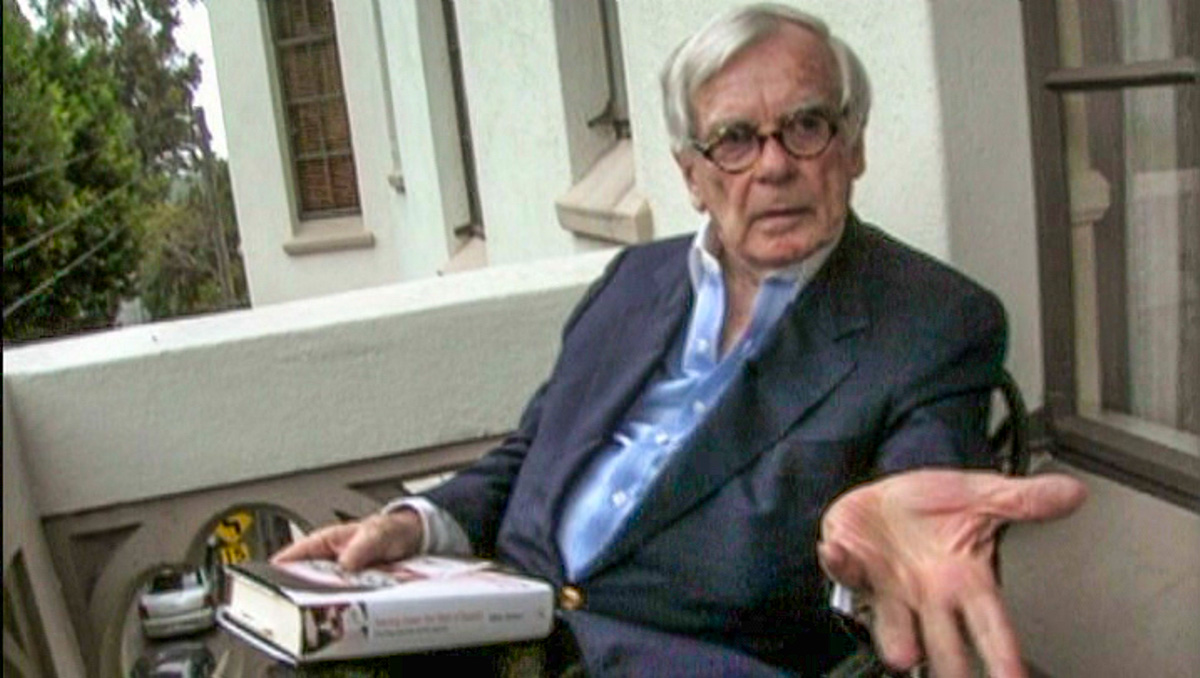
My shot from 2022 lines up!
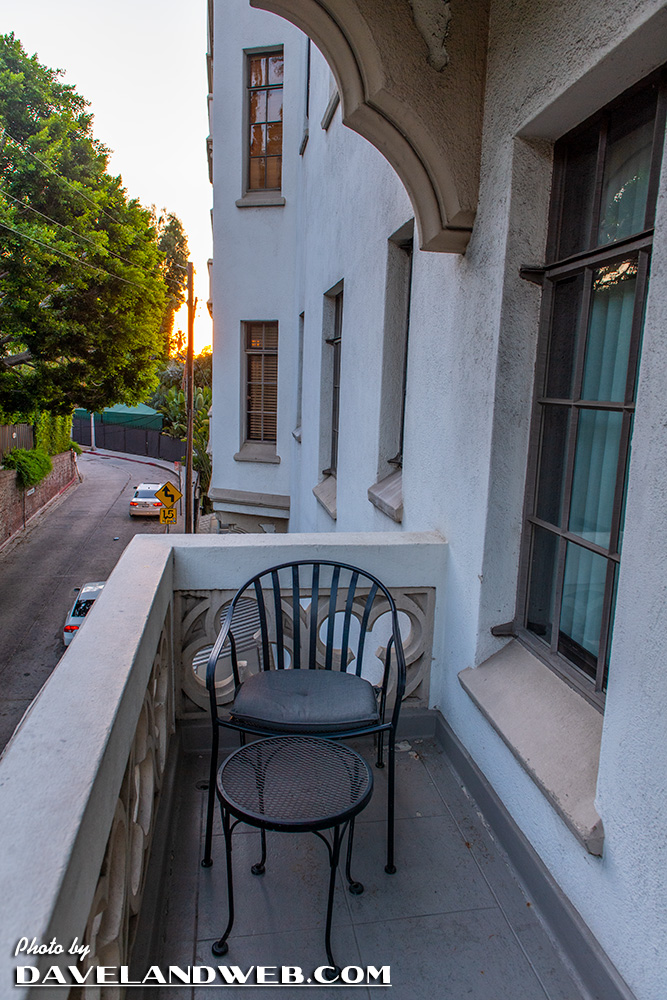
In this screenshot from the documentary, you can see that Dunne has taped his notes and photos from the trial to the wall.
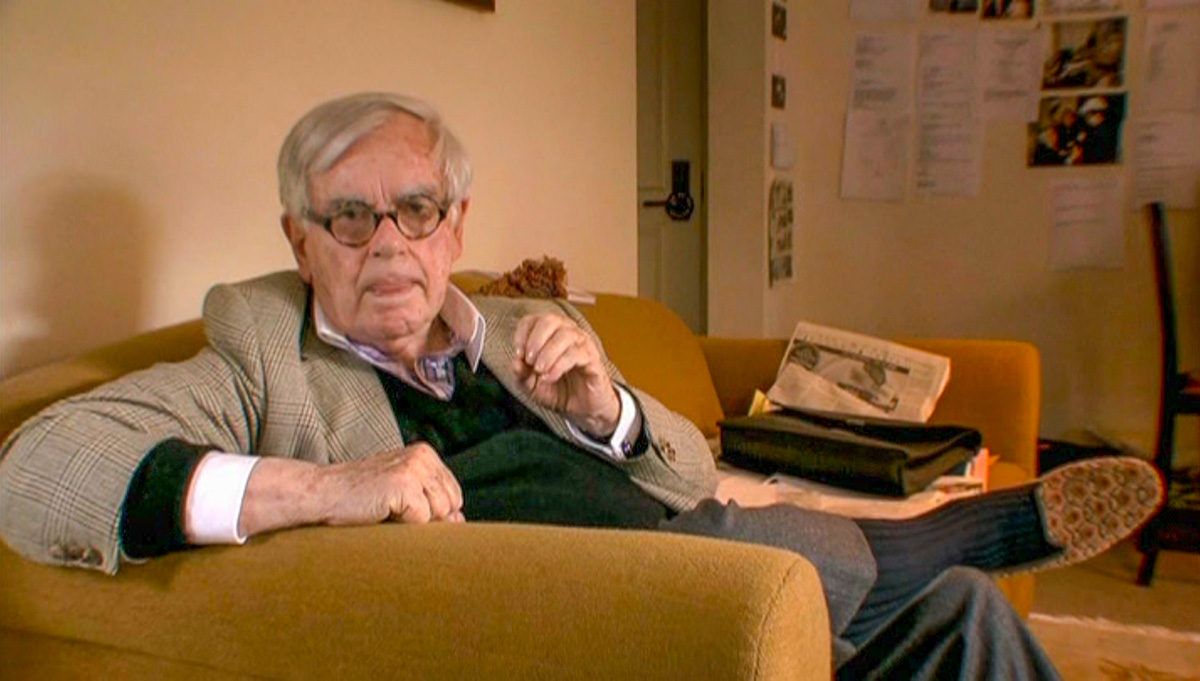
Below, you can see a long shot of the living room area where Dunne was being interviewed.
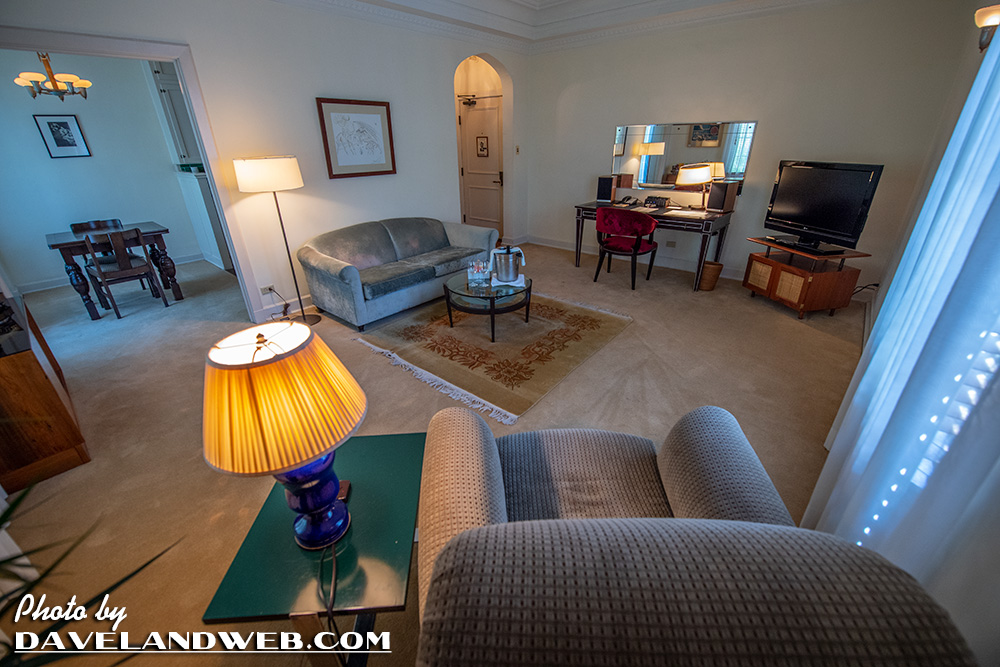
The same desk:
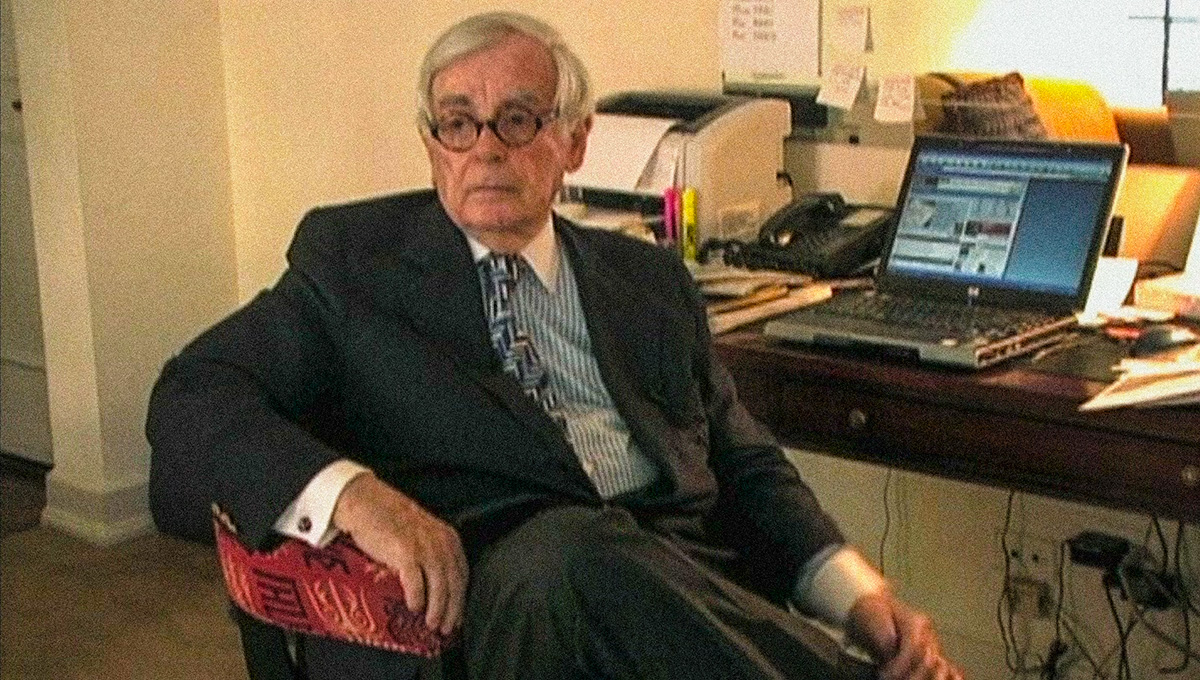
Dunne sits in the comfortably overstuffed living room chair:
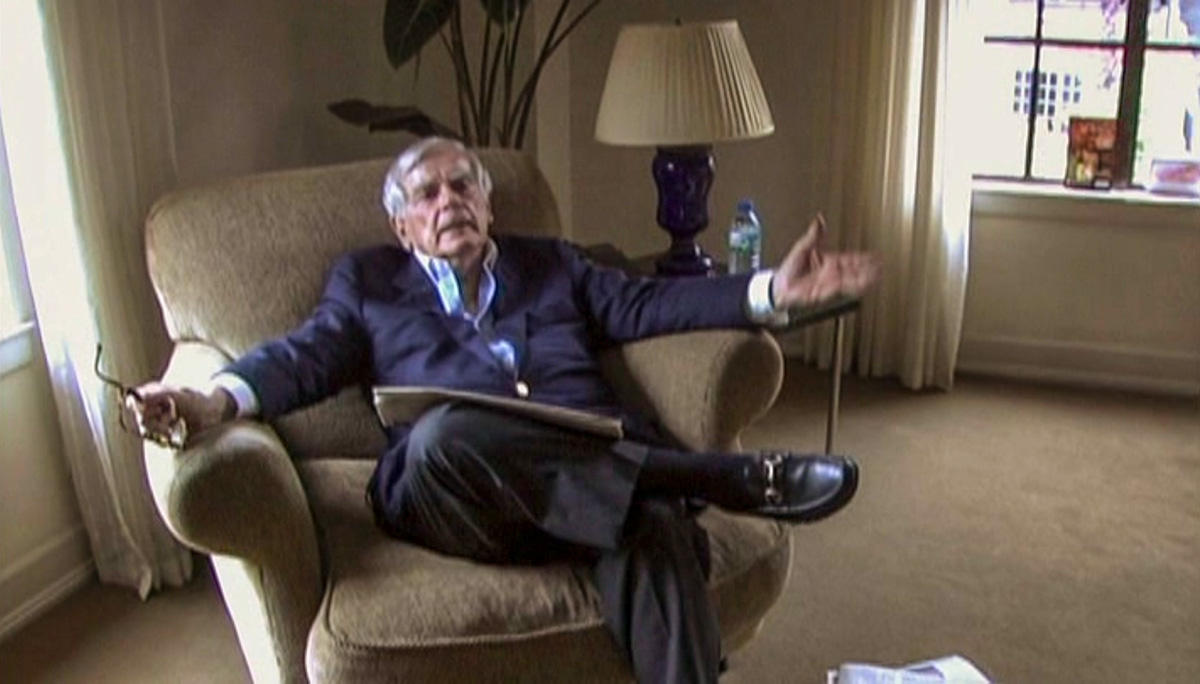
Not surprisingly, it has been recovered with a different fabric. The lamp and end table are the same.
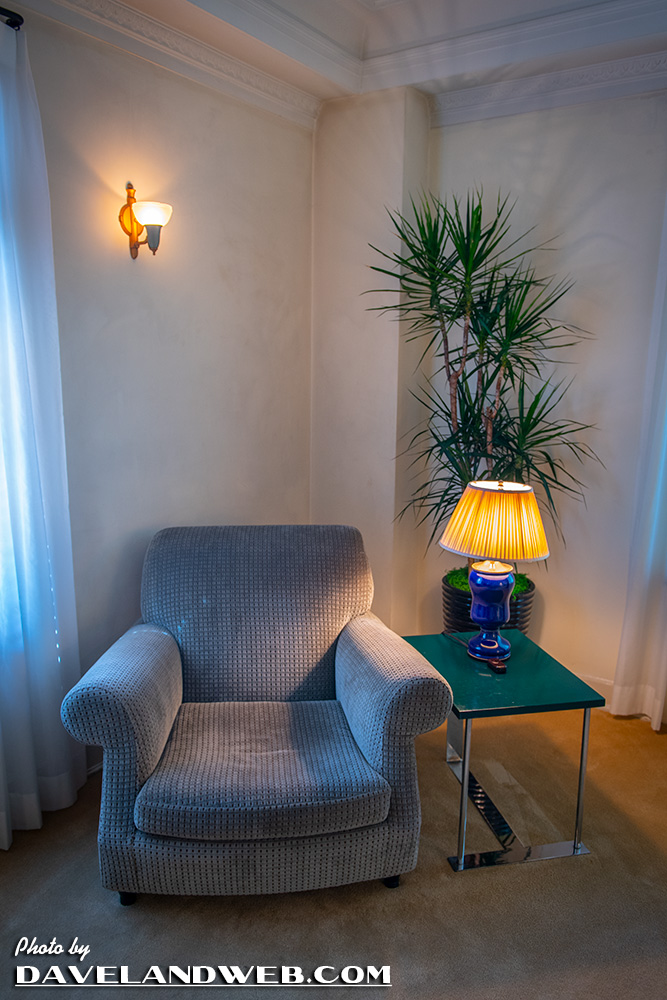
Sitting at the dining room table:
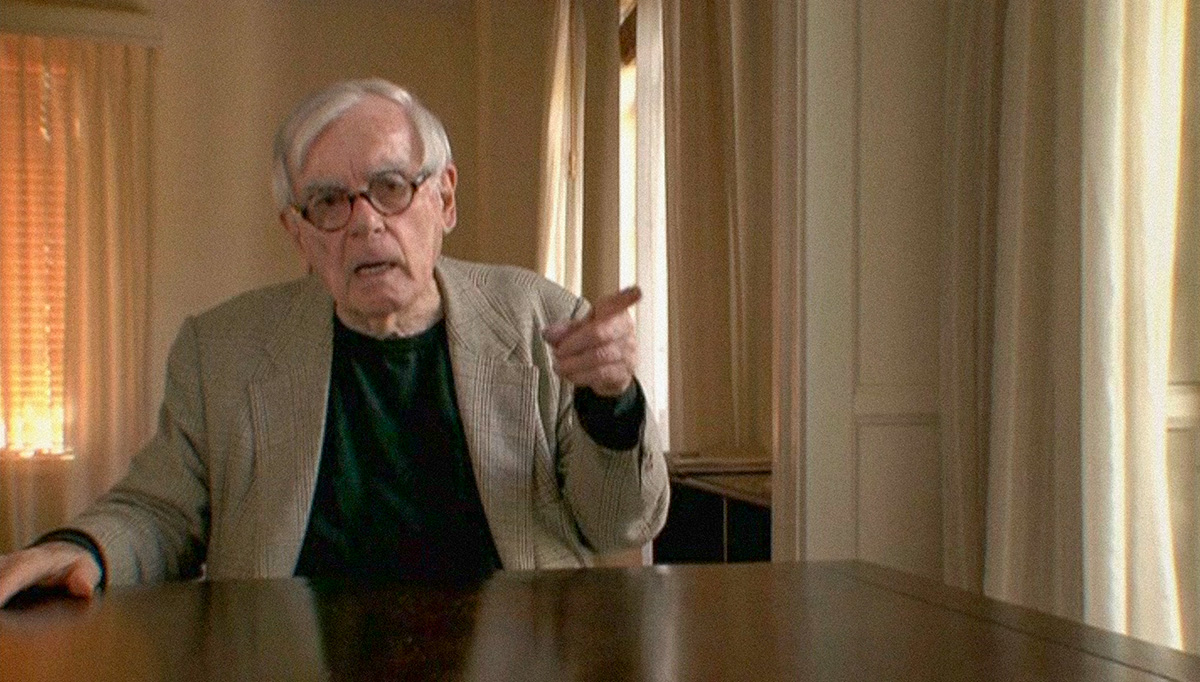
The same table:
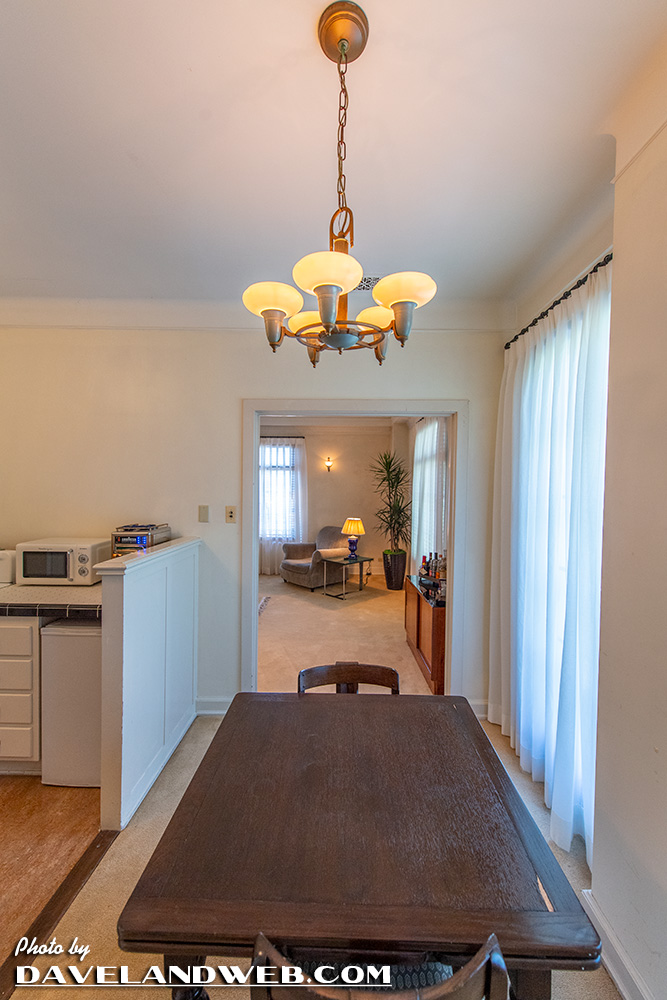
Dunne strolls into the living room, about to sit on the couch to continue his interview:
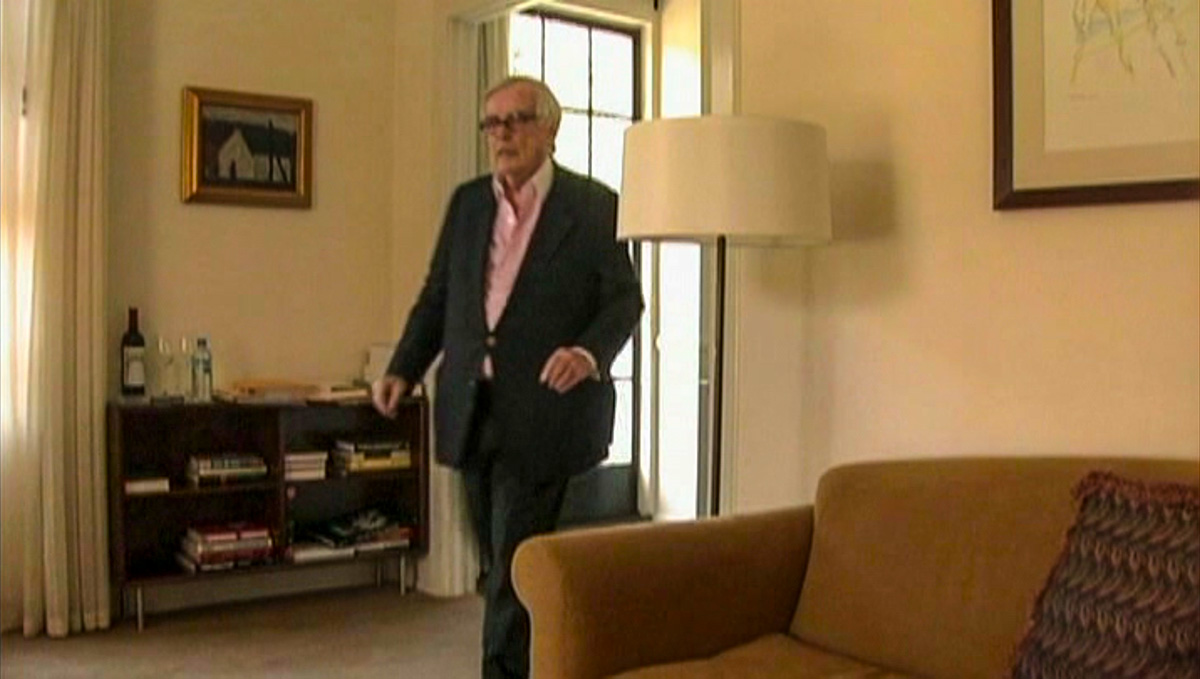
The furnishings and art on the wall have changed a bit. The Dali print above the couch is the same, though.
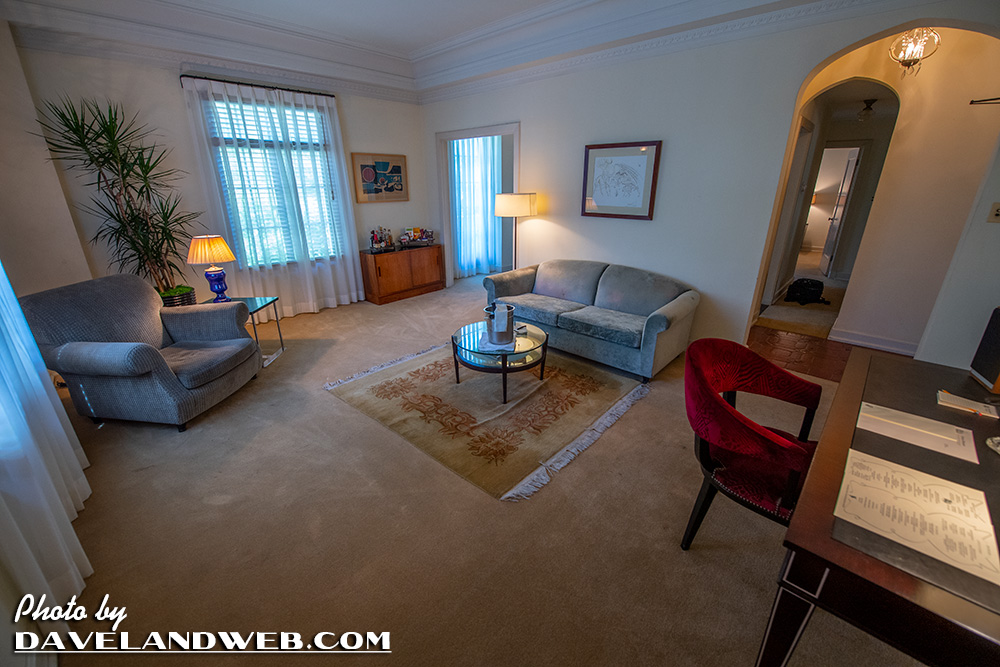
Sitting at his desk, we have a better view of the living room:
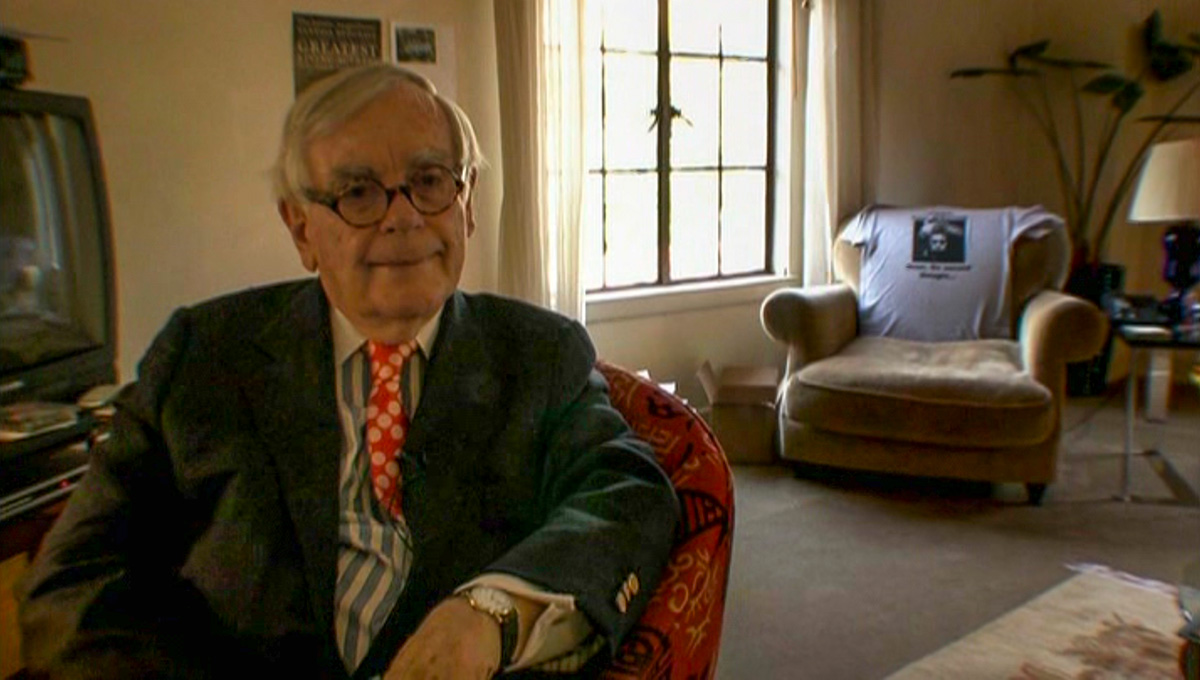
Which pretty much matches up with my 2022 photo:
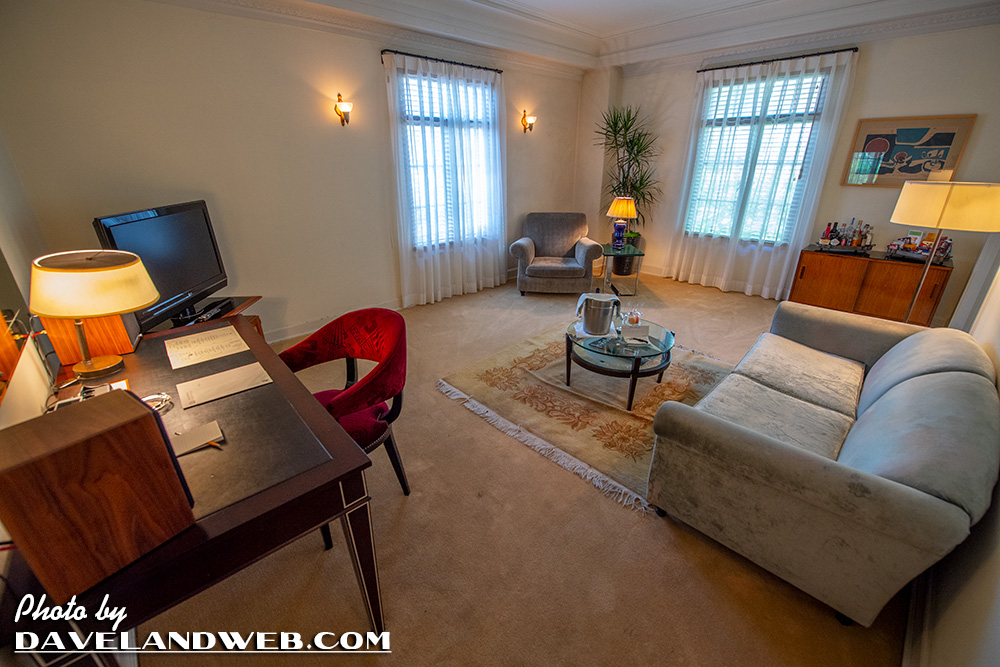
This shot from the documentary was achieved by walking up the winding street behind the Chateau:

In a case of serendipity, I was able to get virtually the same shot back in 2013 when there was construction of a new home going on. This view would be almost impossible to duplicate now.

Dunne’s story is a somewhat sad one that occurs all too often. “I just never felt that I belonged anywhere. Even in my family, I was an outsider of the six kids.…There was something about me that drove [my father] crazy. He beat me with a riding crop. I had welts on my ass and my thighs. He mimicked me. He called me a sissy. Sissy is a tough word; it may not sound tough, but it’s a word that hurts terribly and lingers. It can linger for a lifetime, that kind of hurt. It may seem like nothing now, but it’s awful to hurt a child. It’s a terrible thing. I still haven’t totally eliminated all that hurt. My opinion of myself was nothing. I believed that I was everything that he said. I got to a point where I thought, ‘I will never let him make me cry again, no matter what. I’ll never cry.’”
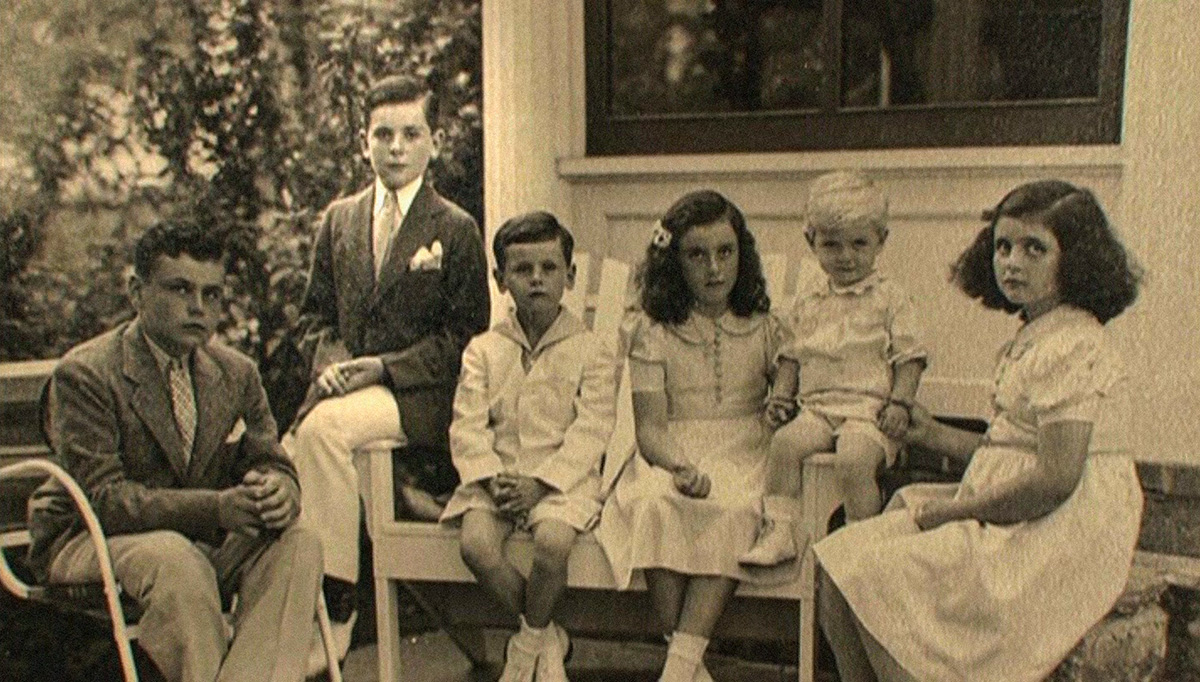
Oddly enough, it was Humphrey Bogart who changed things for Dunne. Employed as a floor manager for “Robert Montgomery Presents” in New York City, Dunne was able to meet a wide variety of celebrities, including the legendary Bogie. “Bogart got a kick out of me, and I really just worshipped him. So I said to him once, ‘God, I love to look at movie stars!’ And he said, ‘What are you doing Friday? Come to dinner!’ Sinatra sang, Judy Garland sang, and Lana Turner lived next door. Lana Turner was so fantastic at that time. And Spencer Tracy was there that night, and David Niven was there that night, and Hank Fonda was there that night. And it went on and on…I thought that I had died and gone to heaven. And they just sort of took me in and accepted me, like I was one of them. I was so up there was no way I was going to go to sleep. I called Lenny [his wife] and said, ‘We’ve got to move to Hollywood! It’s incredible, you won’t believe it!’ It was everything I wanted.”
And so they did. In this frame from a Dunne home movie, Rock Hudson is shown, but you can also clearly see Judy Garland lighting up a cig. For Dunne, this was the acceptance he had failed to achieve from his father and it consumed him. The tragic death of his daughter shifted his focus but still kept him in the celebrity spotlight, which he craved.
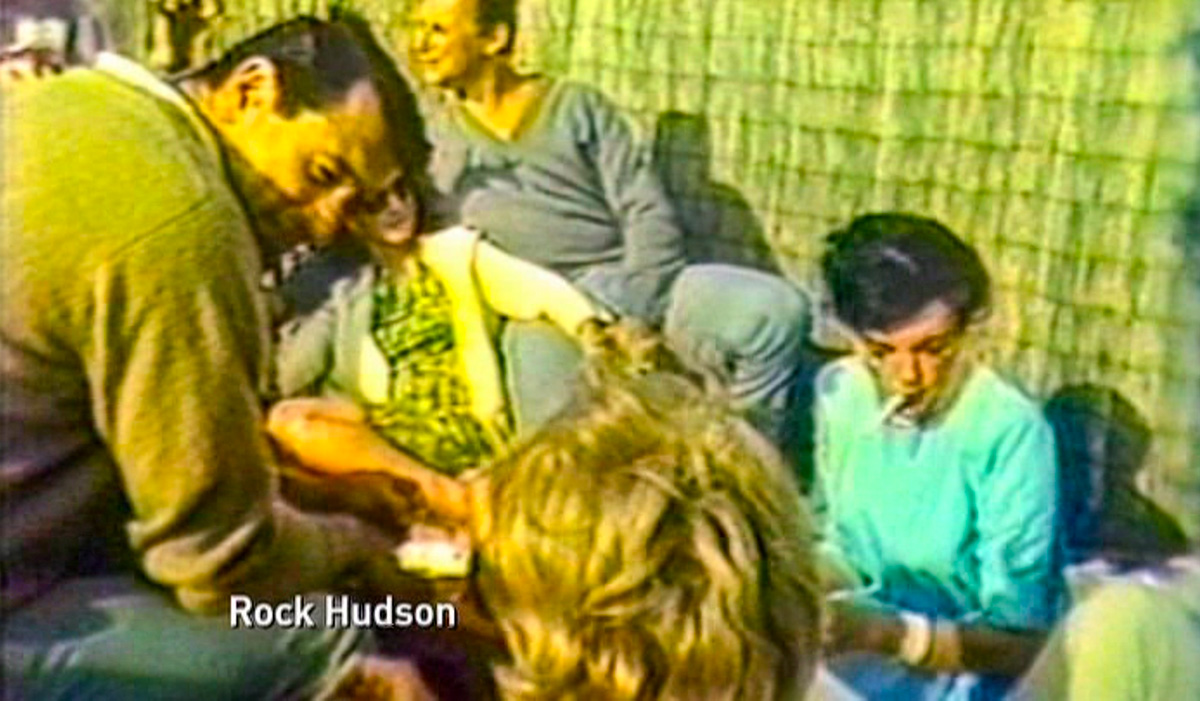
See more Chateau Marmont photos at my
main website.
